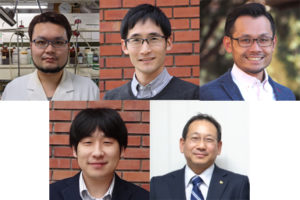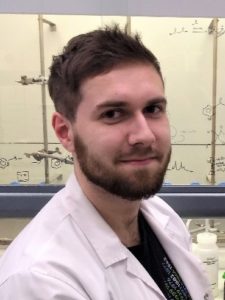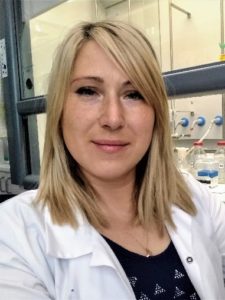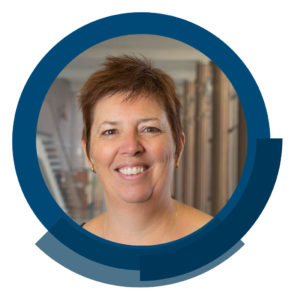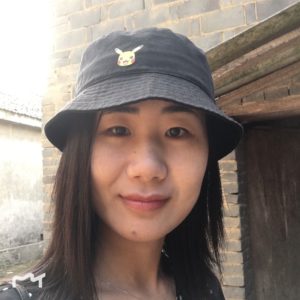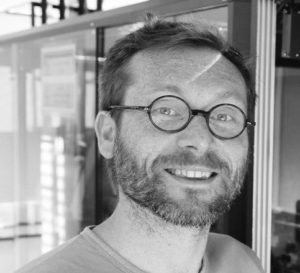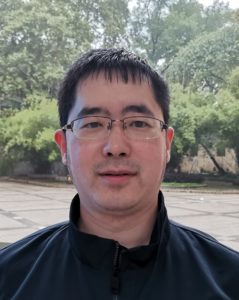Let’s meet the researchers!
Tsubasa Nakashima received his B.S. in 2016 and his M. S. degree in 2018 from Nagoya University under the guidance of Prof. Takashi Ooi. He is currently a Ph.D. student at Nagoya University and recipient of a JSPS Research Fellowship for Young Scientists. He was awarded the Chemical Society of Japan Student Presentation Award (2019).
Kohsuke Ohmatsu received his B.S. in 2003 and his Ph.D. in 2008 from Kyoto University under the supervision of Prof. Keiji Maruoka. He started the research in the Ooi group at Nagoya University as an assistant professor in 2008, became a lecturer in 2013, and was then promoted to an associate professor in 2015. He was awarded the Akasaki Prize (2013), the ITbM research award (2013), the Chemical Society of Japan Award for Young Chemists (2016), the Commendation for Science and Technology by MEXT, the Young Scientists’ Prize (2017), Chemist Award BCA (2020), and Thieme Chemistry Journals Award (2021).
Takashi Ooi received his B.S. in 1989 and his Ph.D. in 1994 from Nagoya University under the guidance of Prof. Hisashi Yamamoto. After postdoctoral work with Prof. Julius Rebek, Jr. (MIT, Cambridge), he joined the group of Prof. Keiji Maruoka in Hokkaido University as an assistant professor in 1995, became a lecturer in 1998, and then moved to Kyoto University as an associate professor in 2001. In 2006, he moved to Nagoya University as a full professor. Since 2013, he has been a principal investigator at the Institute of Transformative Bio-Molecules (WPI-ITbM) in Nagoya University.
What inspired your research in this area?
The characteristic features of radical reactions that have potential for transforming the way of organic synthesis led us to pursue our approach to the design of catalysts for attaining new reactivity and selectivity. Specifically, our recent research on the efficient hydrogen-atom transfer catalysis (ACS Catal. 2020, 10, 2627) is a basis of the present study, and the leading contributions by Prof. MacMillan and coworkers to the development of the photoredox and organic-molecular hybrid catalysis (e.g. J. Am. Chem. Soc. 2015, 137, 8404) greatly inspired us.
What do you personally feel is the most important outcome of your study?
The present study expands the synthetic utility of enol silyl ethers and their analogues, which are readily available, versatile reactants in organic synthesis. The Mannich-type allylic C−H functionalization and subsequent polar reactions of the aminoalkylated enol silyl ethers allows for the rapid access to structurally complex carbonyl compounds.
What directions are you planning to take with your research in future?
We are continuing the studies to expand the scope of the allylic C−H functionalization methodology by exploiting the intrinsic features of enol silyl ethers and/or their radical cations. We will also try to develop regio- or stereoselective variants of this type of transformations.
Read the full article: Mannich-type allylic C–H functionalization of enol silyl ethers under photoredox–thiol hybrid catalysis
See the other articles showcased in this month’s Editor’s Collection
See all the full articles on our publishing platform














